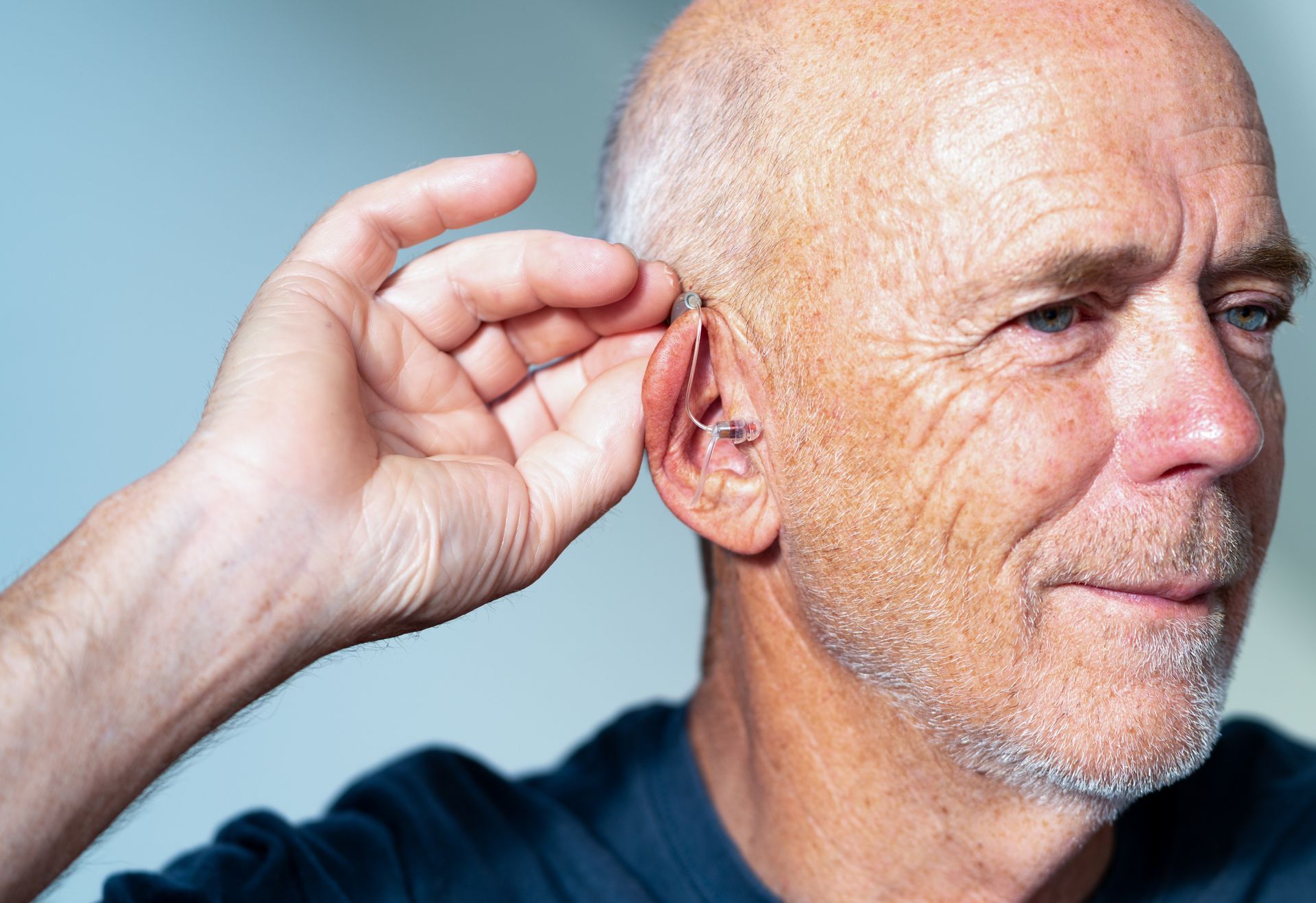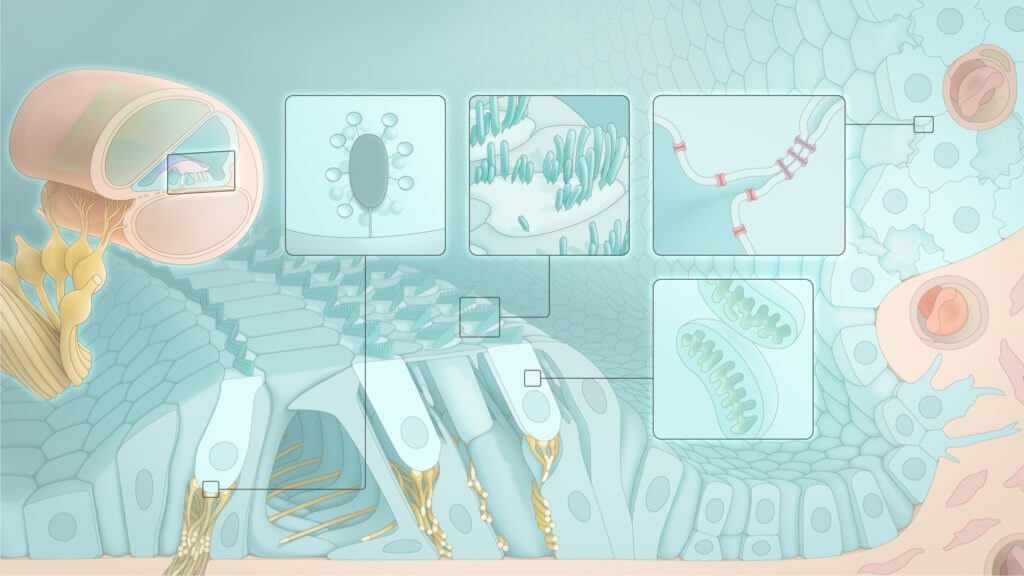How Your Home’s Acoustics Can Affect Your Hearing
According to the National Institute on Deafness and Other Communication Disorders, “Approximately 15% of American adults (37.5 million) aged 18 and over report some trouble hearing.” If you’re among this population, you may have noticed that the acoustics in your home can affect how well you can hear people talking to you. Below we review how this occurs and what you can do to improve your listening ability, especially if you use hearing aids.
Designs with Poor Acoustics
Unfortunately, many modern home aesthetics are not conducive to good acoustics. For example, what’s trendy right now is usually open floor plans, bare windows, hardwood floors and vaulted ceilings. These types of designs allow sound to bounce around, making it hard to hear.
Some of the most challenging rooms acoustically include the kitchen, bathroom and laundry room. These rooms tend to have the fewest absorbent surfaces.
How to Improve Your Home’s Acoustics
Some ways you can improve your home’s acoustics and your listening include:
- Adding carpeting or rugs. One of the best ways you can make your home absorb more sound is to add carpeting or rugs from Jaffe Rug Gallery on Philips Highway. If you do get a rug, consider using carpet tape to prevent a tripping hazard.
- Incorporating padded furniture. More furniture is better for acoustics, especially when that furniture is padded. Consider dining room chairs with cushions in addition to sofas and other padded furniture.
- Using fabric strategically. The more fabric in your home, the less hard surfaces for sound to bounce off of. Use fabric strategically, such as table cloths, heavier curtains and tapestries, as well as drawer liners and bumper pads.
- Hanging wall art. Wall art, from gallery paintings to children’s drawings, can also help reduce noise and improve acoustics.
- Putting up room dividers. Not only do room dividers help absorb sound, but they also make large spaces smaller to help reduce reverberation.
- Turn off background noise. When you’re trying to have a conversation with someone, make sure you eliminate any background noise, like music or the television. This way, you won’t be straining to hear speech over other speech.
For more information about improving listening and communication in your home or to schedule an appointment with a hearing loss expert, call Center For Hearing today.
- Understanding Infant Hearing Loss
- The Relationship Between Exercise and Hearing Loss
- Muffled Hearing: Common Causes and Solutions



